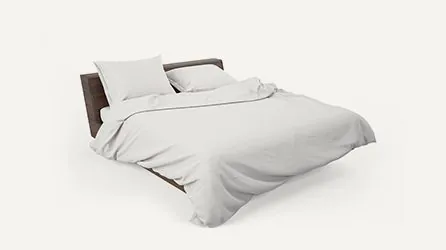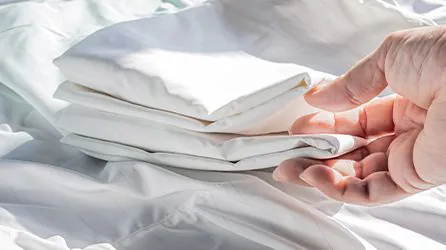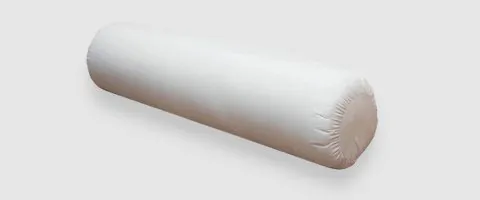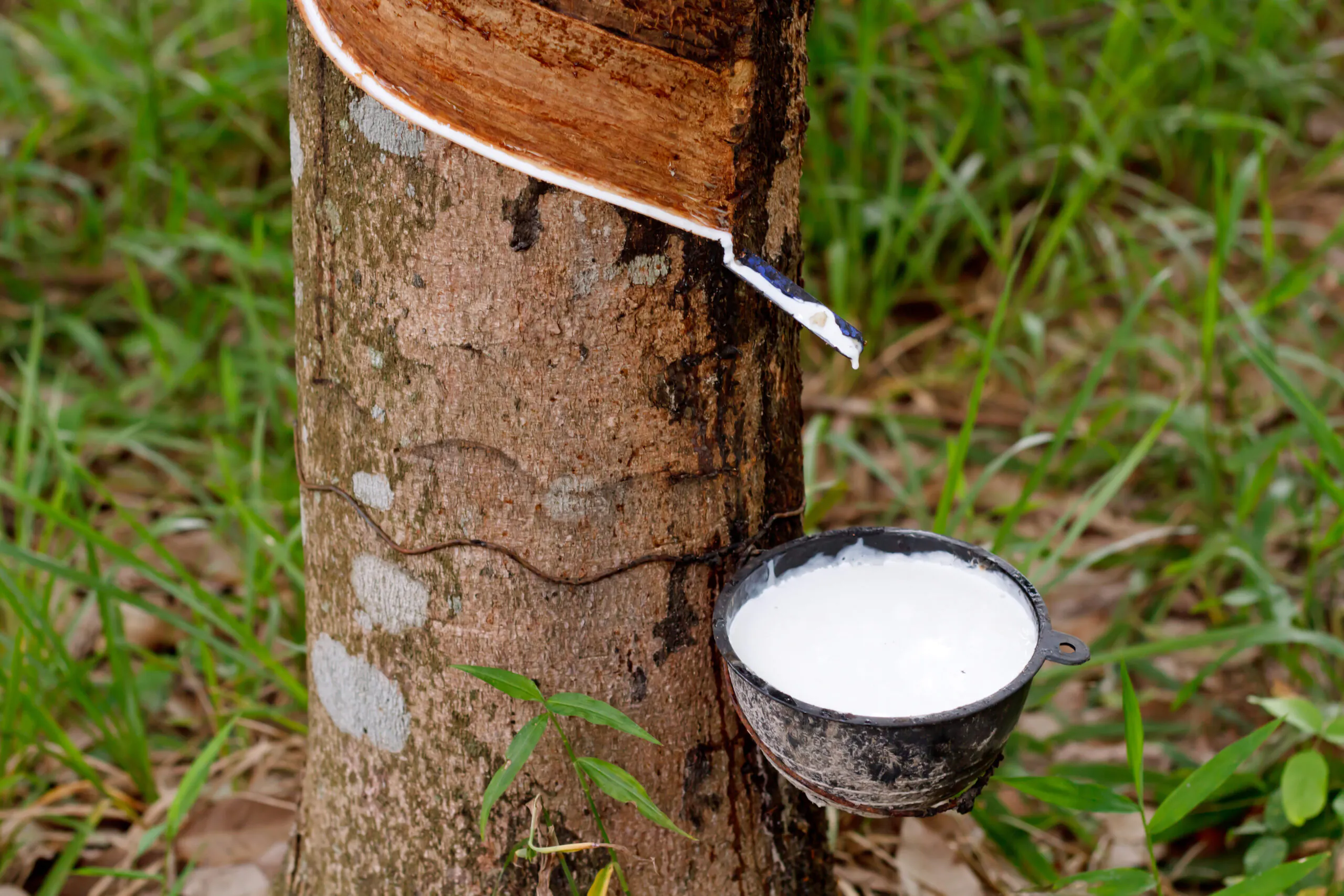Mattress Article
Types of Latex Foam Mattress
The slow extraction of latex sap from the rubber tree appears to be a necessary process, much like the collection of sap for maple syrup. Although the resulting substance is inedible, it is remarkably smooth and luxurious. Latex is a naturally biodegradable product of the rubber tree, and latex foam mattresses made from natural latex are known for their long-lasting resilience.
By nature, latex mattressesare hypoallergenic, resistant to bacteria, mold, mildew, and dust mites. Modern latex mattresses have been popular in Europe for decades and are now being strongly promoted in the United States for their longevity, often lasting more than 30 years, while also providing a healthy means of achieving restful sleep throughout the night.
In the production of latex mattresses, liquid latex is mixed with water and whipped into a foam. After whipping, it is heated and molded into natural latex or latex foam. Latex is breathable due to its open-cell structure, which is covered with nail-like extensions. This “breathable” quality helps eliminate body moisture during sleep and keeps the body cool in the summer and warm in the winter.
Types of rubber used in latex mattresses
There are four standard types of latex foam used in the production of latex mattresses: Standard Natural Latex, Standard Synthetic Latex, Talalay Latex, and Synthetic Talalay Latex. Regardless of which type is used, the primary results are the same: a smooth, comfortable surface that does not feel damp, does not retain body heat during the night, and does not cause you to overheat. All four types of latex mattresses are promoted as among the best substances in the world for supporting muscles and joints during sleep.
Standard Natural Latex (NSL)
In order for a mattress to be labeled as Standard Natural Latex, it must comply with the requirements set by the Global Organic Textile Standard (GOTS). According to this standard, the product must contain no heavy metals, solvents, nitrosamines, pesticides, or volatile organic compounds. These standards are consistent in both the United States and Europe, which follows the stringent EuroLatex ECO-Standard. Latex must test as 97% pure rubber to be classified as Standard Natural Latex, while the remaining 3% is most likely to consist of soda ash and zinc, which manufacturers use as foaming agents.
Standard Synthetic Latex
The process of creating Standard Synthetic Latex for mattresses typically involves a mixture of 30% natural latex and 70% synthetic latex, or 40% natural latex and 60% synthetic latex. Since synthetic latex has a molecular structure nearly identical to that of natural latex, the only noticeable differences are that synthetic latex is lighter in color and has less of a rubber odor. Natural latex also contains proteins that may trigger allergic reactions in some consumers, whereas synthetic latex is free from these proteins. During the manufacturing process of synthetic latex, proteins are washed away in the mixing stage. Synthetic latex mattresses weigh up to 20% less than natural latex mattresses.
Talalay Latex
When Talalay Latex is produced for mattresses, only 100% liquid latex is used, without extenders or fillers. During processing, it is combined with other natural ingredients to create the high-density foam necessary for forming latex foam. All additives, such as soaps, zinc, and sulfur, are washed out during the process. There are only three suppliers of Talalay Latex in the world: one in England, one in the Netherlands, and one in the United States.
Synthetic Talalay Latex
Synthetic Talalay Latex mattresses have been compared to pure Talalay Latex mattresses, and the overall results showed that 93% of testers could not distinguish a difference in comfort level between the pure Talalay and synthetic Talalay mattresses. Synthetic Talalay Latex is composed of 70% synthetic rubber, specifically styrene-butadiene rubber, and 30% pure Talalay latex.
When comparing pure Talalay Latex to Standard Natural Latex, testers found that while Talalay mattresses were more resilient and had a softer feel, the two were nearly identical in all other aspects of sleep quality. Talalay Latex mattresses generally have a longer lifespan because they use pure latex without synthetic additives. Once synthetic fillers are introduced, the lifespan of a latex mattress is shortened by approximately ten years.
Note on Latex Allergies
Exposure to latex can cause allergic reactions, but direct skin contact is necessary for a reaction to occur. Although natural latex proteins are harmless to most people, some individuals may experience severe, even life-threatening, allergic responses to latex. While nearly 99% of natural latex proteins are removed during the production of latex mattresses, it is impossible to eliminate them entirely. According to standards in both the United States and the United Kingdom, there is no mandated protein limit for mattresses.
However, mattresses sold in the US are regulated by the manufacturers themselves and contain less than 12 units of natural latex protein per gram of foam. This is because the government regulates the protein level in rubber gloves used by the healthcare and food industries, deeming 50 units of protein per gram safe. Therefore, the level in latex mattresses is considered safe for consumers.
Recommended Products :
Add Friend LINE OA : Bedisupreme









